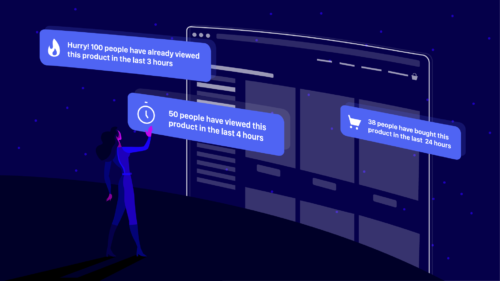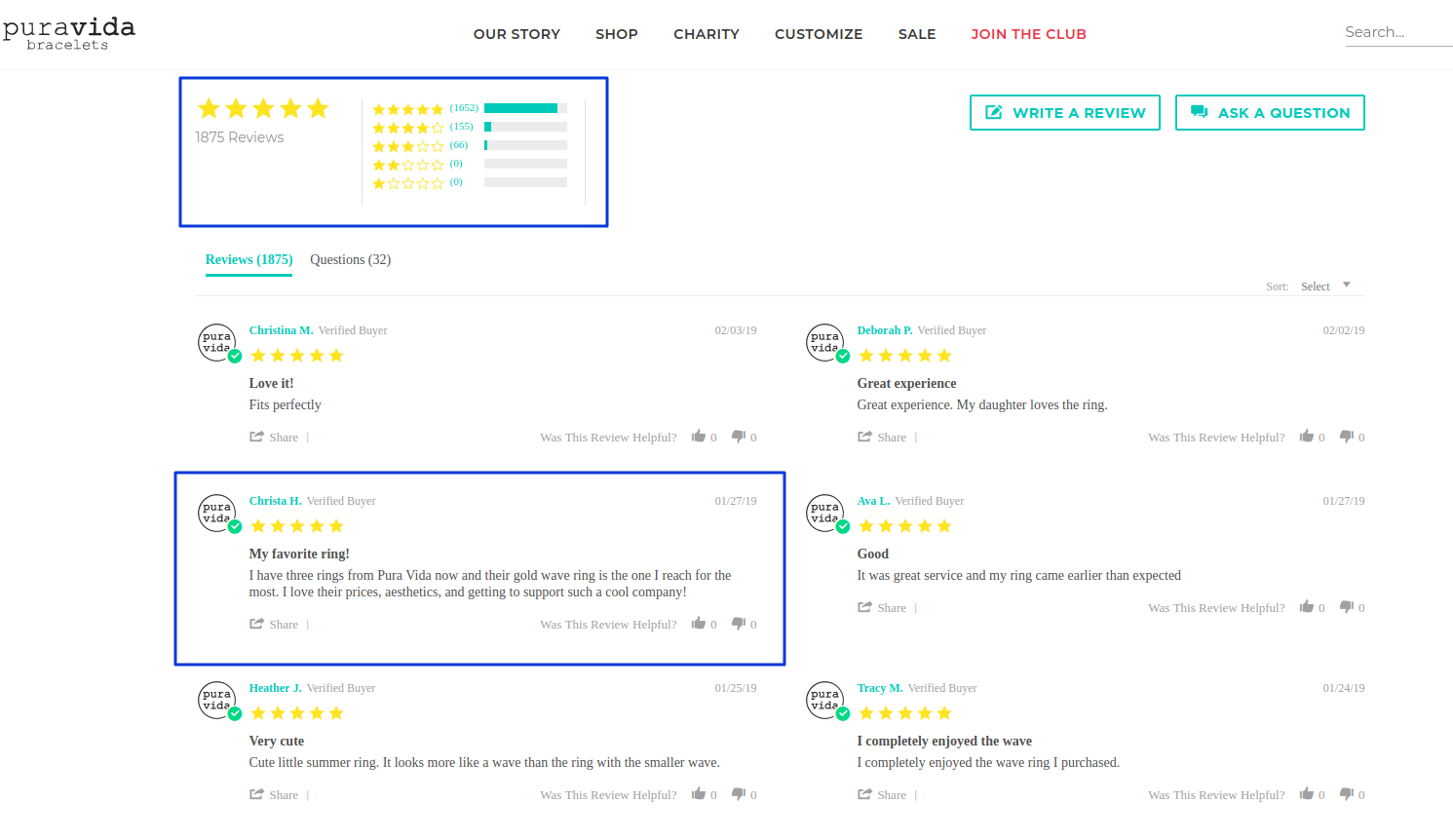Let’s get straight to the point: Losses are intimidating. They trigger negative, unpleasant emotions of pain, fear, and regret. No one in their right mind would ever admit they get a kick out of losing!
That said, a few of you who are brave at heart might be willing to take risks. You spontaneously weigh outcomes—as gains or losses—based on your vantage or reference point. What you also like to do is consider what and how much is at stake, something which behavioral economists Daniel Kahneman and Amos Tversky discussed in their work, The Framing of Decisions and the Psychology of Choice.
They conducted a study to measure loss aversion in relation to how a problem is framed. In their experiment, two groups of participants were asked to imagine that the U.S. is preparing for the outbreak of an unusual disease that is expected to wipe out 600 people. The first group was then proposed two alternative programs to combat the disease:
- If Program A is adopted, 200 people will be saved.
- If Program B is adopted, there is a 1/3 probability that 600 people will be saved, and 2/3 probability that no people will be saved.
Result: About 72% of participants voted for program A because they were risk-averse. To them, saving 200 lives is much better than a risky prospect of equal expected value (⅓ of 600 =200).
For the second group, the programs were framed in a different way:
- If Program C is adopted, 400 people will die.
- If Program D is adopted, there is a 1/3 probability that nobody will die, and 2/3 probability that 600 people will die.
Result: A majority 78% of respondents voted for program D. They were more risk-taking as 400 people dying was scary and less acceptable than the two-in-three chance that 600 will die.
Kahneman and Tversky noticed a pattern:
Why, though? It’s because losses loom larger than gains which also perfectly sums up the loss aversion theory. The pain of losing something is much more intense than the happiness of gaining something, even if it’s of equivalent value!
And while this was loss aversion in the context of health, the same is applicable in marketing, too.
Loss Aversion Strategies in Marketing
We now have a fair idea that people can do anything to dodge losses. So frame your marketing messages to introduce/highlight imminent loss. A word of caution: Don’t make your customers nervous by focussing only on what they’re about to lose.
Think about being subtle and direct at the same time. But is that even possible, you ask? It is if you apply the following power moves.
Create Urgency
Play upon people’s fear of missing out (FOMO). Brands of all stripes make use of FOMO, and there’s a good chance it will work for you, too. The best part is that although people are aware of this marketing tactic, they aren’t completely immune to it. In short, it works! Every. Single. Time. Just a week ago I impulsively bought something because I noticed a message saying ‘only 1 left in stock’!
Anyway, here’s what you can do:
Display stock level: When your customers realize the product they want may soon go out of stock, they will put their misery to an end by buying it right away! After all, they know the aftertaste of losing what they’ve been eyeing up for so long will be too much to deal with later!
But that’s not enough because a lot of people—even when they are ready to buy—abandon their carts. In 2018, for instance, the average cart abandonment rate was 78.65%. Now although the reasons to drop out vary, you can still recover your customers by mentioning the stock of each product in the shopping cart. Here’s an example from the Esprit (France) website where they clearly state that stocks are limited:

Pro tip: 10 Techniques to Reduce Shopping Cart Abandonment
Limited time offer: This gives you the chance to limit the time your customer takes to make a decision, meaning you get them to convert faster!

Others are also looking: When you prompt a customer with how many other people are looking at the same product/offer, it automatically creates a sense of competition. And along comes the fear of losing to this anonymous person, which they don’t like. Result? They cave in and buy.

A fair warning: If you overuse these scarcity tactics people will catch up to you and may even feel cheated. So practice restraint for maximum, positive impact.
Discounts
For anyone who’s looking to save money, discounts work as a huge motivation to buy something. So work it to your advantage and make your offers more noticeable and appealing.
Check out how Yves Rocher lure their website visitors with a perfectly framed discount. The strategy is fairly simple: Highlight the new discounted price + display the referent, original price for comparison’s sake. It makes people think of buying now rather than paying much more for the same product later on.

Coupons
Another brilliant conversion practice is coupons. A coupon creates a sense of loss for two reasons. First, it’s something people earn without having done anything – and yet they feel the fear of losing it if they don’t use it. Second, the offer seems too good to let go.
However, these two factors alone don’t convince people to buy anything. A lot depends on how you frame the offer. If it doesn’t inspire fear of loss and gain in equal amount, it will never convert.
Here’s what I found on RetailMeNot’s homepage – a Forever 21 deal evokes as much fear (limited time offer) as it makes the visitor happy (Make My Monday). Then there’s World Market where free shipping seems like a good bargain which not a lot of people would like to lose out on.

Social Proof

Online reviews are the most popular and persuasive type of social proof to encourage purchasing behavior. According to BrightLocal, 88% of consumers trust online reviews as much as personal recommendations. And that’s largely because people find safety in numbers. But what most of us don’t realize is that solid social proof works because it also triggers FOMO.
Upon seeing solid, unbiased reviews a lot of people change their perception of your brand. They assign more value to your brand, begin to trust you and consider it as their loss if they don’t buy from you. Plus, they also love to keep up with trends. Seems like Figleaves, a UK clothing retailer, understood this and added customer reviews to their product pages. What was the outcome? A 12.5% spike in conversion rate as compared to those pages with no social proof.
You can do the same. Puravida uses a phenomenal number of glowing reviews to highlight what the visitors are missing out on.

Cart Abandonment Emails
This one’s a classic cart recovery strategy and requires you to create a sense of urgency so that people complete their purchase. Depending on whether the stock’s running low or the discount is time-bound, you can write a personalized email copy. For those who still don’t budge after the first nudge, you can offer an additional discount + free shipping.
Now let’s take a look at an email sent by Ghurka. It’s a reminder that the product has been ‘saved’ for them, but there’s no guarantee the stock’s going to last forever! They also mention the exclusivity of their products, which makes the saved item even more valuable.

Coming to when you should send these emails, folks at Email Monks say you should send three emails, with the first one sent within an hour of abandoning the cart. Nevertheless, that’s not the rule of thumb. A/B test to see how your customers respond. Also, find out where your customers exit so that you can fix why they’re leaving in the first place.
Use the Endowed Progress Effect
According to Changing Minds, Endowed Progress Effect is based on the idea that when people feel they’ve made some progress towards their goal they feel more committed to continue and achieve it. But what’s it got to do with loss aversion? Good question. Well, what happens is that when some progress is made, it creates a fear in people’s mind that if they abandon mid-way (or earlier on), they will lose out on whatever’s at the other end.
Now over to how and when to use the endowed progress effect.
#1: In interactive content: Let’s consider the Which Iconic Handbag Are You quiz by Try Interact. They show progress made by the customer by showing the progress bar + the number of questions left to answer. If they would love to get a personalized recommendation, they better keep going!

#2: Reward and Loyalty Programs
Your customers should be able to see the progress they’ve made so far in the loyalty tier. For first-timers you can make the program more interesting: Positively reinforce them by gifting them ‘welcome points’. Seeing those accumulated points in their panel will motivate them to shop and collect more reward points to advance to the next level.

But with all the hard-earned points collected comes the fear of losing them if they aren’t redeemed on time. So send a reminder asking them to use their points before they expire. It will create urgency and trigger them to become repeat customers. Remember to send personalized recommendations to make your message more appealing and relevant.
Closing Thoughts
By now you know that your go-to power move is to highlight what’s at stake. At the same time, since you’re walking a tightrope, make sure you don’t paralyze your customers with fear so much that they completely shut you out. The key is to find the balance and make the offer compelling enough for them to take action. Unless you do that none of your discounts, coupons, reward programs, and cart recovery emails are going to move the conversion needle.
Next, practice restraint when applying the principle of scarcity and urgency, otherwise it could backfire.
Signing off with the hope that this catalog of loss aversion strategies brings you results!







